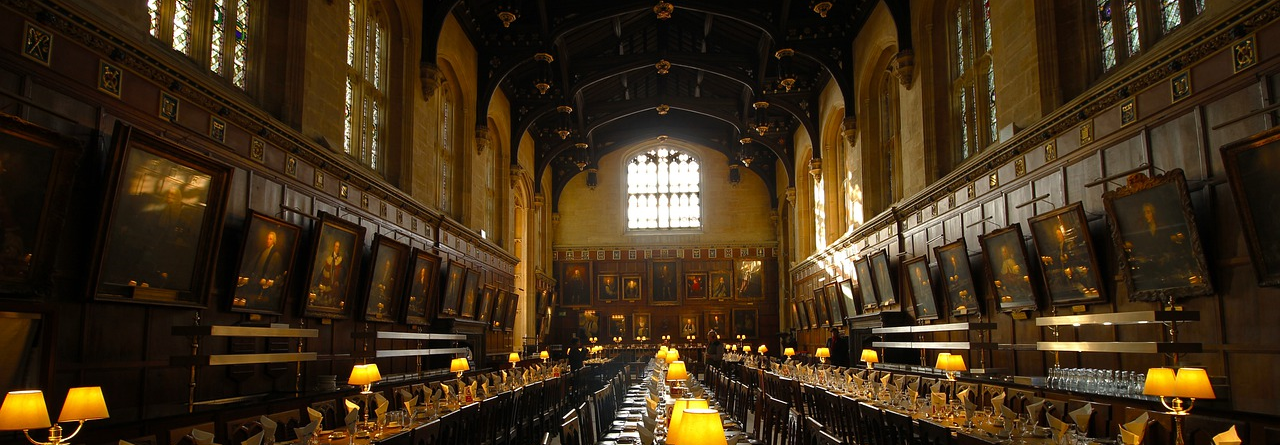Filibert's Flagon
At some point in his adventures, the Halfling Bard, Filibert Hopesinger, came into possession of a truly wondrous magical item. He would use this item time and again to end conflicts and prevent wars, but it was not a weapon. He would use this item to bring an end to blood feuds that had plagued clans and families for generations, but it was not a symbol of domination or might. He would use this item to get opposing parties in numerous conflict situations to come together and eventually see eye-to-eye, but while the item does indeed have suggestive enchantment powers, it was not a means of mental domination.
Among the Halfling peoples, this item is as legendary as its owner. Among the rest of the Folk, it is but a myth, though many have devoted lifetimes to finding it.
The item being spoken of is nothing more than a silver serving urn, designed to pour refreshments to those sitting at table. But Filibert's Flagon is arguably the most famous such vessel that Cartyrion has ever seen.
Among the Halfling peoples, this item is as legendary as its owner. Among the rest of the Folk, it is but a myth, though many have devoted lifetimes to finding it.
The item being spoken of is nothing more than a silver serving urn, designed to pour refreshments to those sitting at table. But Filibert's Flagon is arguably the most famous such vessel that Cartyrion has ever seen.
Mechanics & Inner Workings
The Flagon is a magical artifact whose origin and method of creation are lost to the ages. Upon inspection, it is nothing more than a large silver flagon that appears capable of holding about a gallon of liquid. There are no moving parts or hidden compartments, and as far as any sage or wizard has been able to tell, no active portal or pocket to another dimensional space. And yet, when the flagon is held upright and its bearer wills it to function, the vessel is magically filled with one of three liquids, and is capable of pouring a seemingly limitless number of servings of the chosen libation.
Any connoisseur of fine beverages will gladly state that the drinks emerging from the Flagon are of the finest quality ever tasted, but the magic of the Flagon is not limited to simply delivering fine refreshments. Each of the three types of beverage - an ale, a honey-mead, and a wine - has an additional unique property that makes the imbiber susceptible to certain suggestions made by the owner of the Flagon.
Any connoisseur of fine beverages will gladly state that the drinks emerging from the Flagon are of the finest quality ever tasted, but the magic of the Flagon is not limited to simply delivering fine refreshments. Each of the three types of beverage - an ale, a honey-mead, and a wine - has an additional unique property that makes the imbiber susceptible to certain suggestions made by the owner of the Flagon.
Mead of Mirth
Those who partake of a vessel of this honey mead will feel a mildly pleasant mood begin to wash over them. Troubles and concerns soon seem to be more distant. The effect is similar to the warm, happy feeling that alcohol can bring, but the mind is not clouded. It is simply... happier. The result of this mild euphoria is that the imbiber becomes significantly more trusting and friendly towards all those around them.Ale of Agreeability
Those who partake of a serving of this exceptionally fine brown ale will find themselves more likely to trust the provider of the beverage, and will be willing to listen attentively to any proposal - whether for business deal or course of action - that the provider may offer. The imbiber will not blindly accept the offered terms, but will be predisposed to view the terms favorably and optimistically when considering them.Wine of Willingness
This exceptionally fine red wine has the aroma and flavor profile of the best aged wines. As with the Ale of Agreeability, a consumer of this wine will become more willing to trust the recommendations of the provider of the beverage, and will view any potential outcome of those recommendations in a positive, if not downright rosy, manner.Manufacturing process
It is presumed that the Flagon was first crafted by a Legendary Silversmith, though no individual attribution is known. Once crafted, though, the magical preparations of the Flagon would have been undertaken. Once more, the expertise required to successfully enchant the item would be legendary. In fact, no commonly available spells today are capable of duplicating the full effects of the Flagon and its outpourings.
Significance
According to one of the most recounted legends of the Heroic Deeds of Filibert Hopesinger is the tale of how he used this Flagon to avert a war between Men and Dwarves. In this situation, the legend is - more or less - true. What would have been a bloody war between the Humans of the First Kingdom and the Dwarves of the Ironhills Delve was indeed averted. Instead of war, a solid alliance was forged - an alliance that persisted until the Great Strife. That Alliance formed the basis of the Great Alliance. Without that joining of all the good Folk of Cartyrion, the Great Strife would have ended much differently.
Item type
Unique Artifact
Weight
approximately 3lbs (1.4kg) - whether it appears to be full or empty
Dimensions
approximately 15 inches (38cm) tall x 8 inches (20cm) diameter at widest point
Base Price
Uncertain
Raw materials & Components
The flagon appears to be made of pure silver. The inside is smooth; the outside covered with fine filigree work. A careful, knowledgeble eye will discern runes of power formed within the filigree work.
Tools
Mundane flagons similar to this would require the skills and fine tools of a Master or Legendary Silversmith. A variety of hammers would be required to beat the metal smooth and a number of chisels would be needed to complete the filigree.
Related Myths




Comments